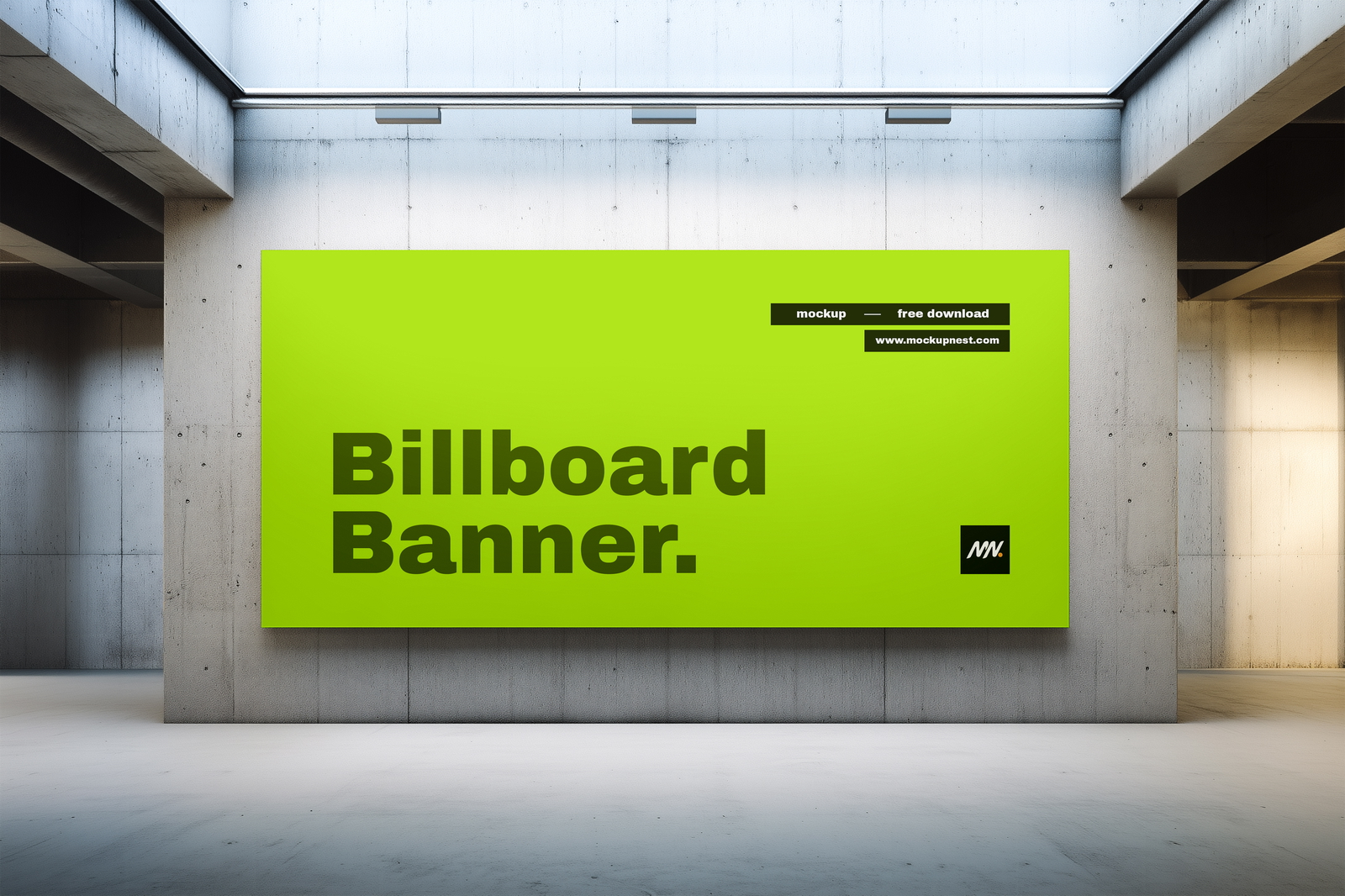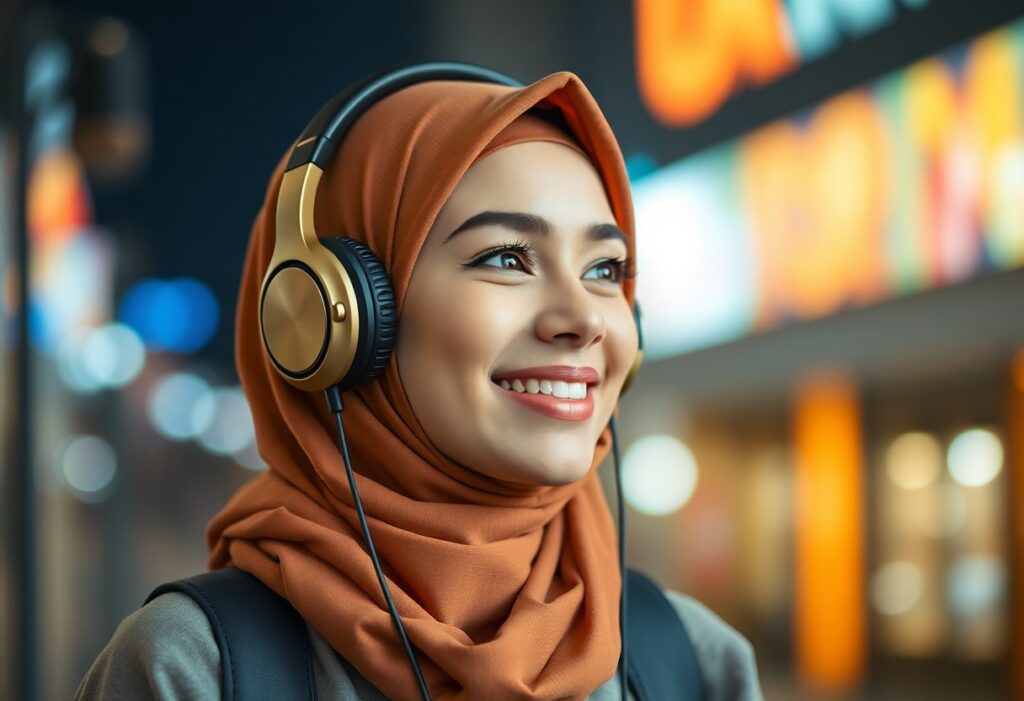Who says your hijab can’t vibe to Beyoncé? Your identity as a Muslim woman isn’t boxed in — it’s a beautiful blend of faith, culture, and yes, the occasional dance break to “Run the World (Girls).” In this blog post, we’re diving into how hijabi women are unapologetically embracing modern music while staying true to their faith. From beats to beliefs, we’ll explore how pop culture and Islamic values can harmoniously coexist, but cautiously — and how owning your playlist can be just as empowering as owning your narrative. So plug in your earphones and read on — because your hijab doesn’t mute your rhythm or your voice.
Unpacking Cultural Stereotypes: The Hijab and Music Preferences
- Many believe that wearing a hijab limits personal taste in music.
- Some assume hijab-wearing women prefer traditional music exclusively.
- Cultural stereotypes can obscure individual experiences and diversity.
- Musical preference varies greatly among hijab-wearing women.
- The richness of culture allows for a spectrum of tastes.
The Hijab: Symbol of Faith and Identity
The hijab serves not only as a symbol of faith but also as a declaration of personal identity. It embodies a connection to cultural heritage while allowing you to express your individuality. Wearing the hijab reflects a choice consistent with your values, often enhanced by a rich tapestry of personal beliefs and styles that many fail to recognize.
The Hijab Isn’t a Mute Button
Contrary to what mainstream narratives may preach, the hijab is not a sign of submission to patriarchy—it’s often a declaration of independence with divine backing. For many women, it says: “Yes, I’m spiritual, stylish, and sharp—thank you very much.” It’s faith meeting feminism on your terms, within the boundaries that Islam graciously lays out.
But here’s the fine print: self-expression is beautiful, as long as it doesn’t dance past the red lines. You’re not here to trade modesty for hashtags or swap principles for trends. Think of it like halal seasoning—spice it up, but don’t lose the flavor of your deen.
Music’s Role in Cultural Expression
Music isn’t just background noise—it’s your emotional translator, cultural compass, and sometimes, your best hype woman. From soulful R&B to bass-dropping hip-hop and even that nostalgic pop banger from your school days, your playlist reads like a diary with better vocals.
For hijab-wearing women, music becomes a stage—minus the spotlight and paparazzi—where identity takes center stage. These beats don’t just slap; they challenge stereotypes, remix cultural norms, and say, “Yes, I can spit bars and rock a hijab.”
One minute you’re vibing to Beyoncé telling you you’re flawless, the next you’re teary-eyed over a hauntingly beautiful Arabic ballad that sounds like your grandmother’s stories in stereo. It’s this mashup—global, personal, unapologetic—that turns your Spotify into a soundtrack of strength.
Because at the end of the day, every chorus, drop, and hook tells the world: this is your voice, wrapped in rhythm and rooted in resilience.
Bridging Personal Choices with Artistic Enjoyment
Your personal choices often reflect a complex interplay of cultural identity, beliefs, and individual taste. The act of wearing a hijab might stem from deeply held religious convictions, yet this doesn’t limit your ability to engage with pop culture. Enjoying artists like Taylor Swift can coexist with your identity, creating a beautiful tapestry of self-expression that defies conventional boundaries. This intersectionality reveals that enjoyment of the arts can amplify personal narratives rather than diminish them.
The Complexity of Individual Identity
Influence Across Diverse Audiences
Moderate music transcends cultural boundaries, resonating with listeners from various walks of life. Lyrics often echo themes of empowerment, resilience, and self-acceptance, making her a figure admired by many, including those who identify with religious or cultural communities such as Muslims who wear hijabs. But, hey! Extreme lyrics and wrong messages need to be avoided.
Digital Spaces: Where Fashion Meets Music
In today’s interconnected world, digital platforms serve as vibrant venues where fashion and music converge, allowing diverse expressions of identity and creativity. Here, styles once confined to regional boundaries can spread globally, enabling you to showcase your unique blend of cultural influences and musical tastes. The freedom to mix and match trends, whether it’s pairing a stylish hijab with iconic celebrities’ inspired decent outfits, is redefining traditional norms and empowering you to express yourself boldly.
Influencers Redefining Norms
Influencers are at the forefront of changing perceptions around personal style, effortlessly blending fashion and music within their online personas. Many have become trailblazers, challenging stereotypes by unapologetically merging their identities with trends that resonate with them. You may find comfort in watching these figures express their love for artists like Beyoncé while sporting traditional garments, showing that fashion knows no boundaries, but rather evolves through personal narratives.
A prime example is influencer and content creator Hijabi MD, who combines her love for contemporary fashion with her hijab style while showcasing her favorite music playlists. With millions of followers, she amplifies the message that personal expression can flourish regardless of traditional norms. You see influencers like her demonstrating that both culturally rooted attire and modern music can coexist beautifully, pushing further the idea that embracing your identity is a powerful form of artistic expression. Their bold choices inspire you to explore and celebrate your own unique intersection of style and sound.
Walking the Tightrope: Freedom With Boundaries
Let’s be honest—it’s not easy. You want to be heard, but not loud. Seen, but not exposed. Proud, but not arrogant. And that’s okay. Living with intention is the Muslim woman’s superpower. Just remember you’re not here to fit into society’s mold; you’re here to melt it and recast it—with taqwa, creativity, and a touch of eyeliner.
The Future of Cultural Representation in Media
As you look towards the future, the landscape of cultural representation in media is poised for transformation. With audiences demanding more authentic and diverse narratives, the push for inclusive storytelling will continue to reshape the industry. Emerging voices from varied backgrounds are beginning to gain access to platforms previously dominated by a limited perspective, promising to enrich the cultural dialogue and expand the array of stories told across genres.
Challenges and Opportunities Ahead
Change may be gaining momentum, but let’s not pretend it’s all smooth sailing. Stereotypes still loiter like unwanted guests at an industry party, and biases occasionally crash the set uninvited. Yet, here’s the twist: these pesky challenges double as plot devices. They nudge creatives toward bolder storytelling and unexpected collaborations.
Yes, the quest for authentic representation still stumbles over tokenism disguised as progress. Some industries cling to outdated formulas like a nostalgic director refusing to upgrade from VHS. But guess what? Every tired trope is a call for a fresher, truer voice to take the mic. And that’s where you come in.
When you support content that actually gets it—content that sees beyond the surface—you’re not just consuming, you’re commissioning a better narrative. You’re telling the industry, “Give me stories that reflect real life, not just the glossy trailer version.”
So lean into the tension. Champion complexity. And remember: every challenge in media is just another scene before the breakthrough moment.
Conclusion
The exploration of the intersection between cultural identity and personal expression reminds you that individuality transcends stereotypes. By recognizing that you can embrace both your heritage, such as wearing a hijab, and your personal tastes, like listening to Beyoncé, you illustrate the rich tapestry of modern identity. This understanding fosters inclusivity and challenges conventional norms, empowering you to celebrate all aspects of who you are without compromise.



2 Comments
I don’t see anything wrong with vibing to music like Beyoncé while still doing my Islamic duties. Faith is personal, and rocking a hijab doesn’t mean cutting off pop culture. If someone’s praying, fasting, and staying true to their values, listening to music doesn’t make them less Muslim. It’s all about balance—not being perfect—and we really gotta stop judging others for how they live their deen.
Daer Ina, you’re absolutely right that faith is personal, and Allah judges us by our intentions and efforts. Islam teaches moderation, and many scholars have differing views on music—some permit it within limits, while others caution against its potential distractions. The key is self-reflection: Does it pull you away from remembrance of Allah? Does it align with modesty and Islamic values?
At the end of the day, what matters most is sincerity in worship and avoiding what clearly harms the soul. Rather than judging others, we should focus on nurturing our own connection with Allah while supporting fellow Muslims with kindness. May He guide us all to what’s best in this life and the next. Ameen!
The Learning Servant